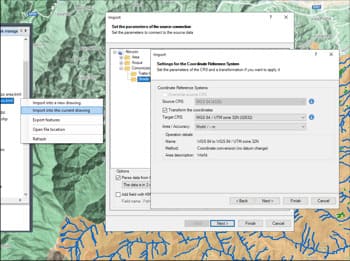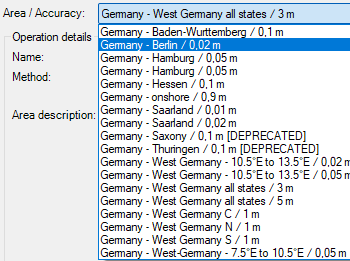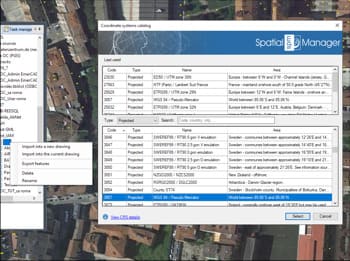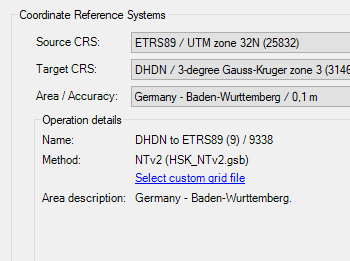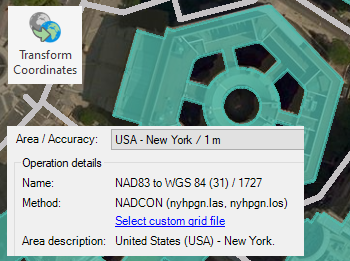Discover the full potential of this set of tools designed to enhance GIS data integration and editing within AutoCAD.
Automatic coordinate transformation
The application helps when entering any configuration setting. For example, if you are importing from Google Earth (KML/KMZ), the source CRS is automatically set to WGS84 and the target CRS can be set to a standard projected CRS.
